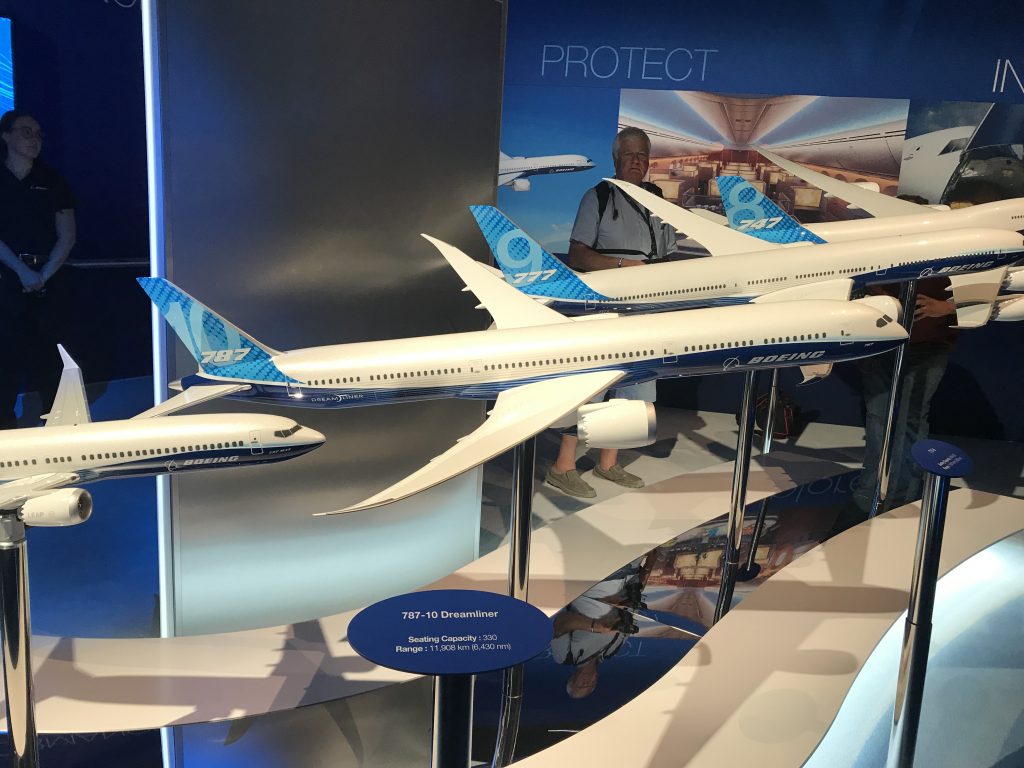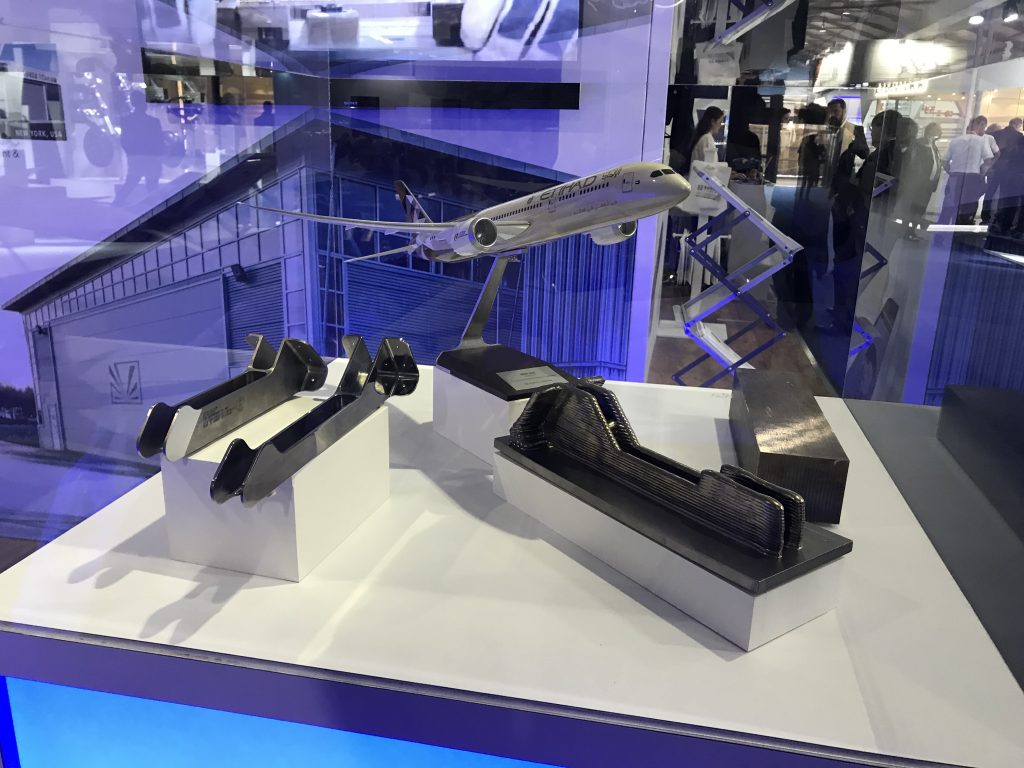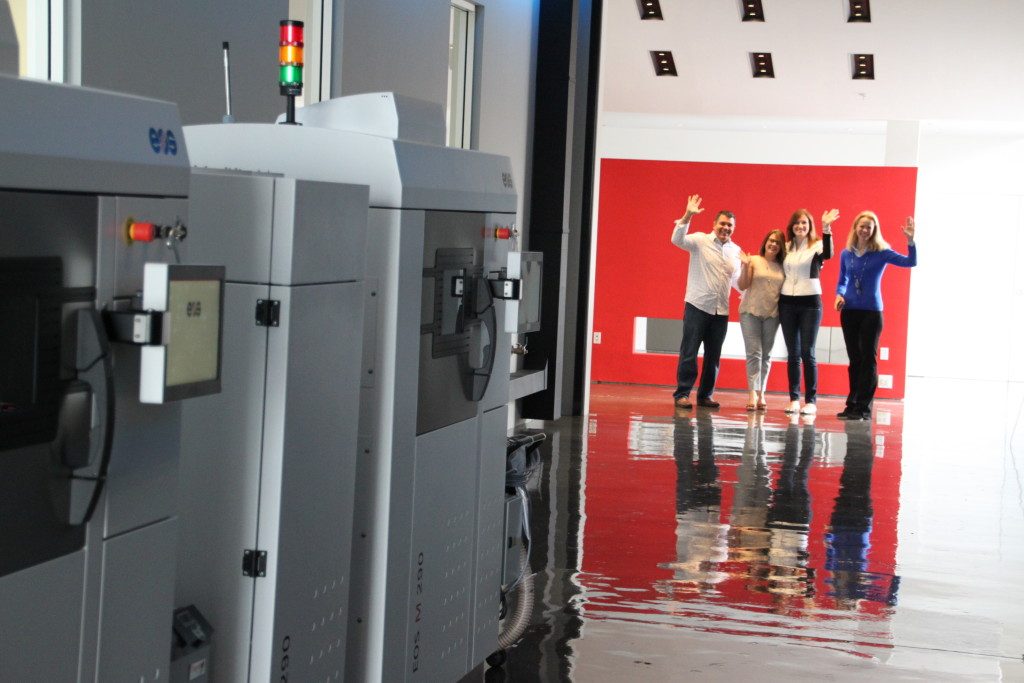As a high-value, and heavily standardized industry, certification of course is one of the main preoccupations when considering 3D printing in aerospace.
In conversations with steel manufacturer and distributor Carpenter Technology, Rapid Plasma Deposition (RPD) company Norsk Titanium and Boeing Horizon X beneficiary Morf3D, I explore this topic a little deeper to underline a picture of the technology’s progress in this heavyweight industry.

Additive manufacturing doesn’t need chains
Founded in 1889, Carpenter Technology Corporation has almost 130 years experience in stainless steel and alloy manufacturing, but it has been in the last 18 months that its additive manufacturing segment has really begun to develop. In March 2017, Carpenter acquired titanium additive manufacturing powder producer Puris, and most recently at Farnborough Airshow the materials company joined GE Additive’s Manufacturing Partner Network.
CalRAM, a specialist powder bed fusion service provider for the aerospace industry, was officially acquired by Carpenter in February 2018 and Ken Davis, Director of Additive Technology at Carpenter, has been with this subsidiary for over 3 years.
Davis describes the process of materials certification with Carpenter customers as “a constant feedback loop,” i.e. application and process inform material development. Carpenter does, of course, provide its customers with standard-cut powder, but the majority of the time these mixtures are tuned, so each client works with its own proprietary powder.
In terms of standardization, this could make things complicated. While a standard material could increase the volume of powder that can be produced (and lower the cost to buy) Davis explains, “it can also limit creativity.”
He says, at this stage, companies “shouldn’t have handcuffs on them” when it comes to potential innovation.
Scheduled for launch in the next 12 months, Carpenter has an Emerging Technology Center coming to Athens, Alabama. According to reports, the company expects to invest $52 million in the facility which will initially focus on innovation for additive manufacturing.
Certified for flight
At Norsk Titanium, Nick Meyer, VP of Product Development, took me through the comprehensive stages of aerospace qualification for its 3D printed parts.
The aft galley bracket, Norsk’s first approved structurally supportive 3D printed part for Boeing, achieved point design qualification from the Federal Aviation Administration (FAA), meaning that only that specific part geometry could fly aboard the 787.

The next stage is certification for design allowables, a process to fully understand the materials and process involved so more parts can be qualified, aiming towards the static loading of RPD 3D printed parts.
The advantage that Norsk has in the area of plasma deposition is that the RPD process doesn’t require a vacuum. Instead an argon gas environment creates much more conformal parts, which is why it has attracted such attention from the aerospace industry.
At Farnborough Airshow, the company also had its fair share of announcements including an agreement with Spirit AeroSystems, the world’s largest first-tier aerostructures manufacturer.
Developing a standard
California’s Morf3D exhibited at Farnborough Airshow as part of the Dassault Systèmes chalet. Together the two companies have launched a 3DEXPERIENCE Innovation Center, giving customers a complete software package all the way from design though to certification.
Launched just three years ago in 2015, Morf3D has already gained much attention from big players in the aerospace and defense sector, validating the market’s need for such solutions. In February 2017, Morf3D formed a metal additive manufacturing quality control alliance with Sigma Labs and, in April 2018, Boeing invested through its Horizon X arm.
In the next year Ivan Madera, founder and CEO of Morf3D, plans to double the size of the company as it takes on satellite and rotor craft projects, which is one of the preoccupations of Boeing’s involvement with Morf3D.

Speaking at the time of the announcement Kim Smith, vice president and general manager of Fabrication for Boeing Commercial Airplanes and Boeing Additive Manufacturing leader, said:
“Developing standard additive manufacturing processes for aerospace components benefits both companies and empowers us to fully unleash the value of this transformative technology.”
For all exclusive insights from 3D Printing Industry, at Farnborough Airshow and more events in the future, sign up to our newsletter, follow us on Twitter and like us on Facebook. Sign up to 3D Printing Jobs to seek your next opportunity.
Featured image shows a Pratt & Whitney PW 1000G turbine engine. Photo by Beau Jackson


